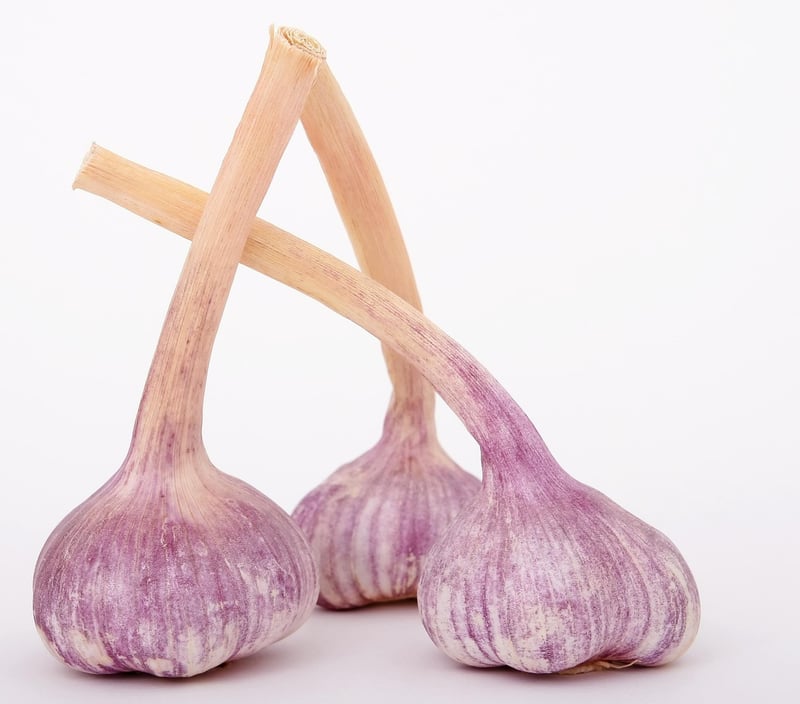Flavor Harmony
The Art of Flavor Harmony: Creating a Harmonious Blend of Tastes
When it comes to culinary delights, one of the key elements that can elevate a dish from good to outstanding is flavor harmony. The art of combining different tastes in a harmonious way can create a symphony of flavors that tantalize the taste buds and leave a lasting impression. Whether you are a seasoned chef or an amateur cook, understanding the principles of flavor harmony can take your culinary creations to the next level.
Understanding Flavor Profiles
Every ingredient has its own unique flavor profile, which can be categorized into five basic tastes: sweet, salty, sour, bitter, and umami. By understanding the characteristics of each taste, you can start to experiment with different combinations to create balanced and complex flavors in your dishes.
Creating Balance
Balance is the key to achieving flavor harmony. A well-balanced dish will have a combination of tastes that complement each other without one overpowering the others. For example, the sweetness of a dessert can be balanced by a touch of saltiness or acidity to create a more complex and satisfying flavor profile.
Experimenting with Contrasts
While balance is important, incorporating contrasts in flavors can also create a dynamic and exciting eating experience. Pairing sweet and savory, spicy and cooling, or creamy and crunchy can add depth and interest to your dishes.
Enhancing with Herbs and Spices
Herbs and spices are essential tools for enhancing flavor harmony in your cooking. Experimenting with different herbs and spices can add layers of complexity to your dishes and elevate the overall taste. From aromatic basil to fiery chili peppers, the possibilities are endless.
Visual Appeal
Creating flavor harmony is not just about taste; it's also about visual appeal. A well-presented dish with a variety of colors, textures, and shapes can enhance the overall dining experience and make your meal even more enjoyable.
Conclusion
Mastering the art of flavor harmony takes time and practice, but the results are well worth the effort. By understanding the principles of flavor profiles, balance, contrasts, and the use of herbs and spices, you can create culinary masterpieces that delight the senses and leave a lasting impression on your guests.

Next time you step into the kitchen, remember to experiment, be creative, and let your taste buds guide you in creating a harmonious blend of tastes that will elevate your cooking to new heights.
